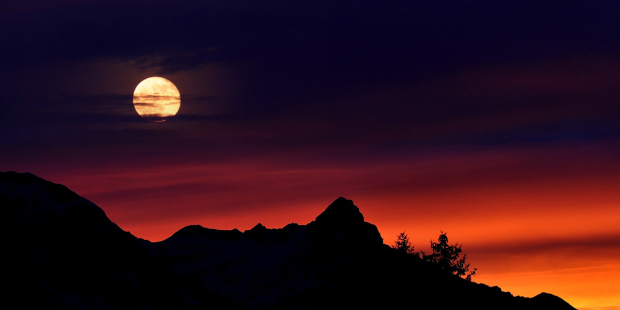The Oriental Origins of Haiku Poems
The literature of all times in all great cultures of the world tends to follow paths specific to the cultures of origin. Haiku Poems aren’t an exception to this general rule. The strictness and discipline in the Japanese culture made sure that the shorter poems followed a well-specified structural pattern.
The Changes Must Be Analyzed
In the 6th and 7th century, these Japanese poems weren’t as short as they are these days. Some of you might be surprised to know that they weren’t even called Haiku Poems until the 17th century. The shorter poetry forms were called Haikai. However, they were substantially different from modern Haiku Poems. The first portion of the poems in those days was called Hokku. In a similar pattern to contemporary Haiku Poems, the Hokku had a syllable pattern of 5-7-5.

The advent of Basho
Basho is perhaps the greatest Haiku poet the world has ever seen. He is believed to have composed innumerable Haiku poems in the 17th century. The introduction of Haiku Poems to other parts of the world can be attributed to the greatness of Basho. He didn’t create such popularity and fame, but the quality of his works ensured Haikus became well-known all over the world.
Spontaneity made the difference
Yes, the origins of Haiku Poems were in an environment of rigidity and structural propriety. But Basho brought numerous changes to the writing approach of Haiku. He was able to write so many poems because he did things without planning.
Haikus were always about the expression of feelings by the use of nature. And when Basho witnessed something majestic, he gave them words. Basho didn’t hesitate in deviating away from the strict form of these poems. As a result, his poems resonated a lot more with the ordinary reader.


